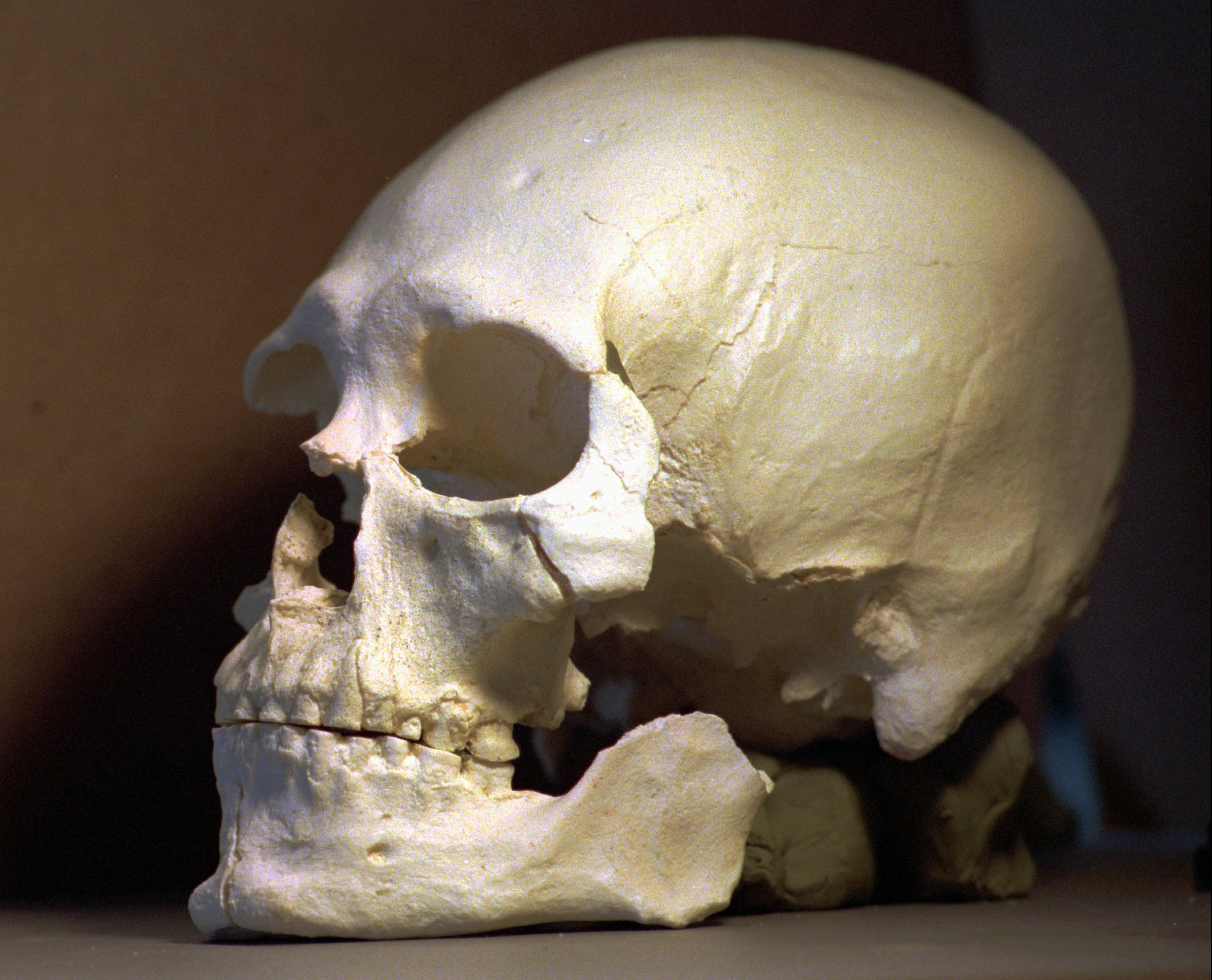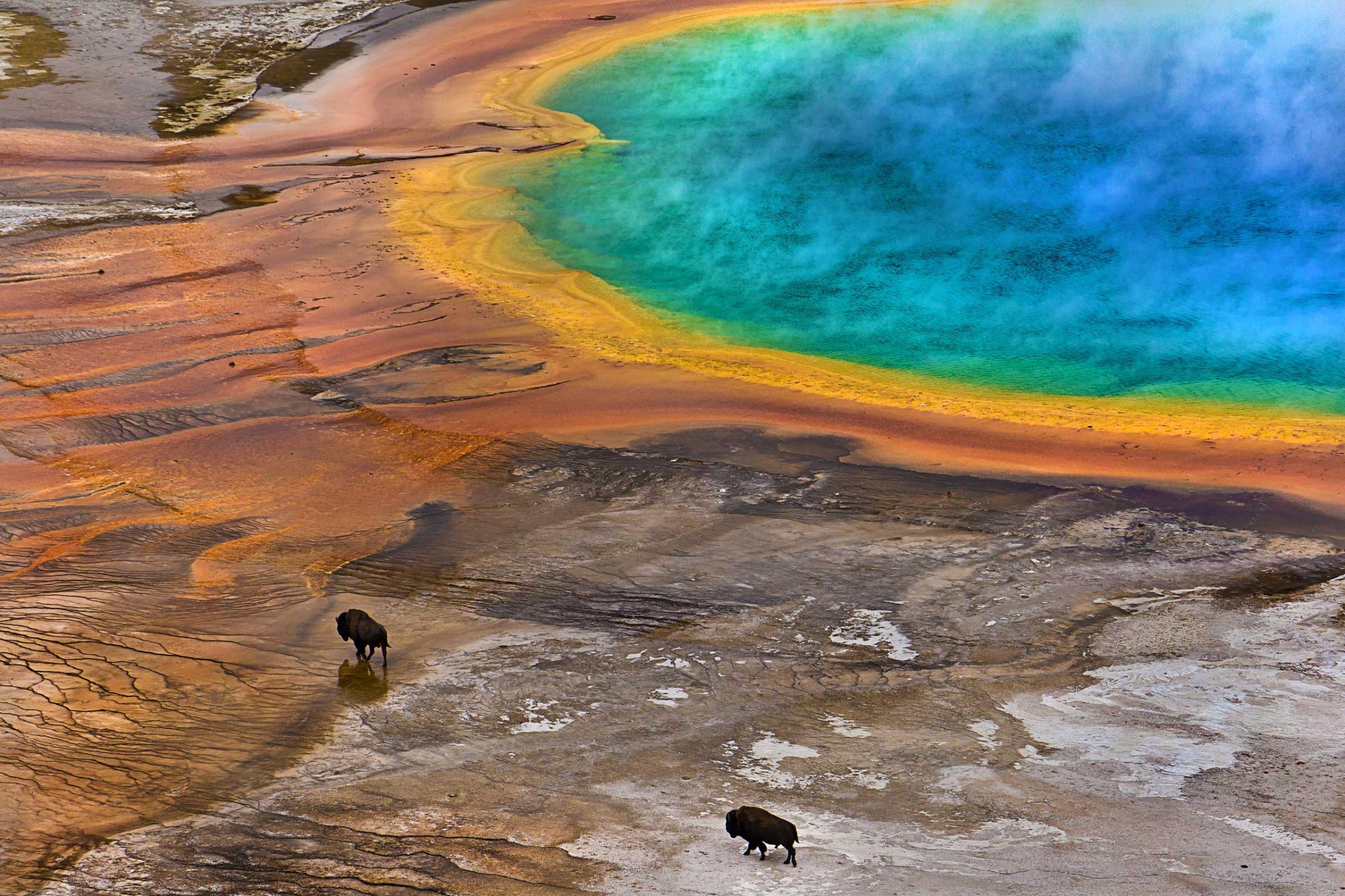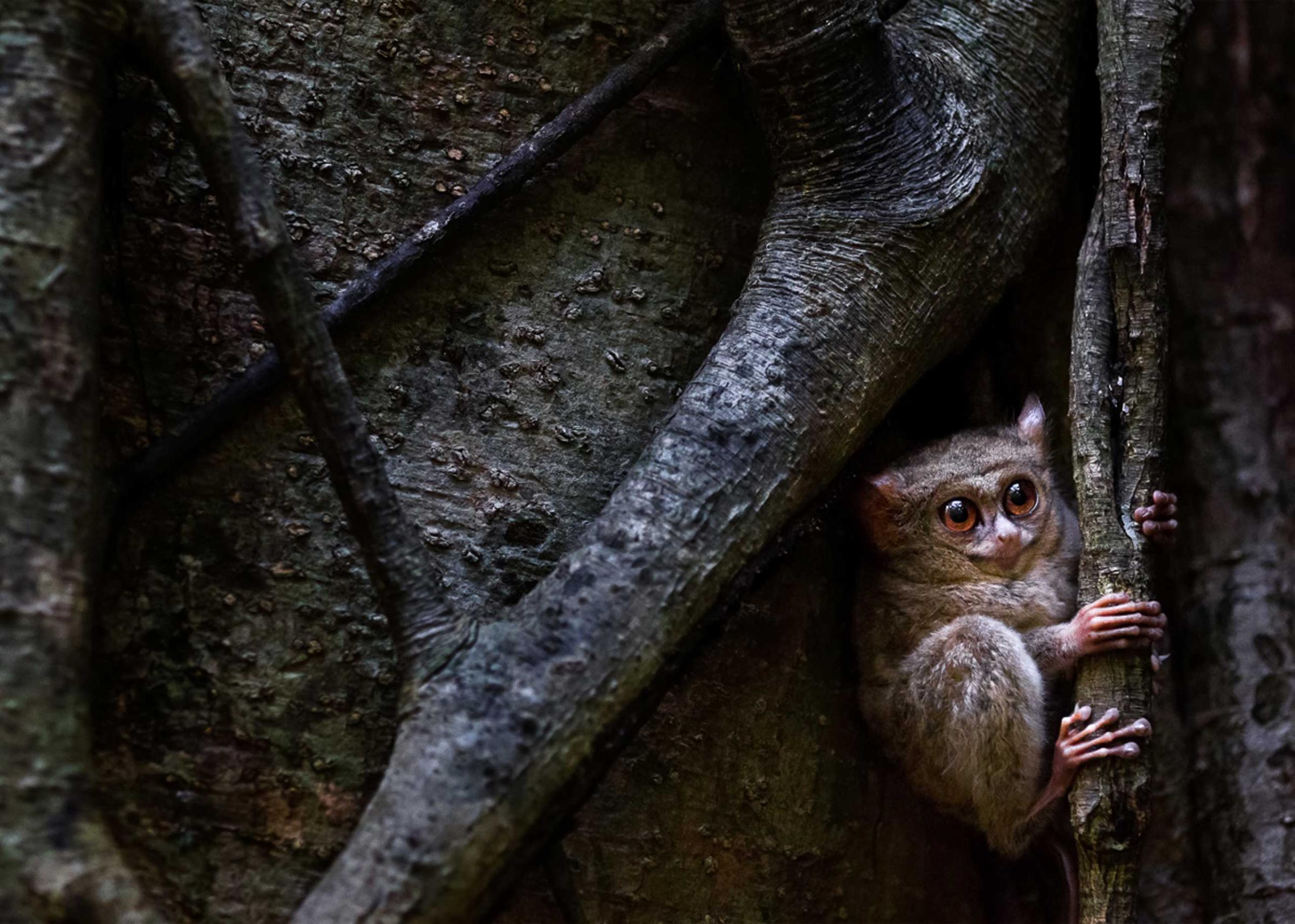
Finding a human skull doesn’t happen often, but the skull that two college students stumbled upon in the Columbia River in 1996 proved rarer still. It happened to belong to an ancestor that roamed North America nearly 8500 years ago. Near the skull were remains of practically an entire skeleton belonging to a male who was likely buried along the riverbank by his people in Kennewick, Washington.
Kennewick Man, as he is known, quickly became the subject of a custody battle between scientists eager to study his remains, which are among the oldest and most complete of a human ancestor in North America, and a group of five Native American tribes who claimed the bones as the Ancient One, one of their own forebears. The U.S. Army Corps of Engineers, which manages the land on which the remains were found, intended to return the ancient bones to the Native Americans. The archeologists sued for the right to study them, and in 2004, a judge ruled that the fossils should be studied further.
MORE: Ice Age Infant’s Genes Show That Native Americans First Came From Asia
The results of that analysis were published in a popular book that detailed the lifestyle that Kennewick Man likely led, but since then, advances in genetic sequencing made it possible to do a complete genome study of his DNA. And those results, published in the journal Nature, resolve a long-standing dispute over where Kennewick Man came from — Europe or Asia, or whether he was, as the Native American tribes claimed, an early ancestor who gave rise to some of the Native American populations that subsequently resided in North America.
His genes show that Kennewick Man was more closely related to Native Americans than to European or Asian populations. “It’s very clear the genome sequence shows that he is most closely related to contemporary Native Americans,” says Eske Willerslev, from the Center for GeoGenetics at the University of Copenhagen, who led the analysis.
MORE: A Tale Told by Ancient Bones
Hints of these results first leaked in January, when emails obtained from a Freedom of Information Act request by reporters at the Seattle Times revealed that Willerslev’s group shared some of their early findings with the Army Corps of Engineers to update them on the genetic analysis, which was done in Copenhagen. And presumably, it puts to rest any lingering questions about Kennewick Man’s origins.
Those began when the first archeologist to evaluate the skull’s anatomical features declared it to be more Caucasian than Native American, and continued when Douglas Owsley, a physical anthropologist at the Smithsonian Institution who is considered the expert on North American human remains, agreed with that conclusion. Owsley pointed out that the prominent forehead of Kennewick Man and thinner brain case made him more like Japanese Ainu or Polynesians rather than Native Americans.
His genes tell a different story, however, and when Willerslev’s group also compared Kennewick Man’s DNA to that of the Ainu, Polynesians and Europeans, they found that it did not share the same similarities as it did with those of the contemporary Colville, a Native American tribe from the Columbia River area that agreed to provide DNA samples. No other Native American groups provided genetic material, so it’s possible that other tribes have an even closer connection to the ancient remains than the Colville.
The results do not show that Kennewick Man was a direct ancestor of any tribe living today, says Willerslev. It’s not known whether, for example, an older population of Native Americans living in North America then split into a branch that led to Kennewick Man, and another to the contemporary tribes such as the Colville, or whether Kennewick Man is the ancestor of the Colville and other modern Native Americans.
The genetic analysis does little to change archeologists’ current theories about the first North Americans. The first people to spread into the Americas likely came 5,000 to 6,000 years before Kennewick Man’s time, probably from Siberia via a now non-existent land bridge that allowed them to traverse the Bering Strait.
As for Kennewick Man’s future, Willerslev says that he has been in contact with several members of the Colville throughout the analysis and says that “To me, they seemed pretty excited, and found it interesting.” Whether the remains will now go back to the Native American groups under the Native American Graves Protection and Repatriation Act isn’t clear. But Willerslev acknowledges the irony in the findings. “The reason why we came to this conclusion scientifically speaking is because the remains were almost kept out of science,” he says.
See The Best Biology Photos Of The Year












More Must-Reads From TIME
- The 100 Most Influential People of 2024
- The Revolution of Yulia Navalnaya
- 6 Compliments That Land Every Time
- What's the Deal With the Bitcoin Halving?
- If You're Dating Right Now , You're Brave: Column
- The AI That Could Heal a Divided Internet
- Fallout Is a Brilliant Model for the Future of Video Game Adaptations
- Want Weekly Recs on What to Watch, Read, and More? Sign Up for Worth Your Time
Contact us at letters@time.com